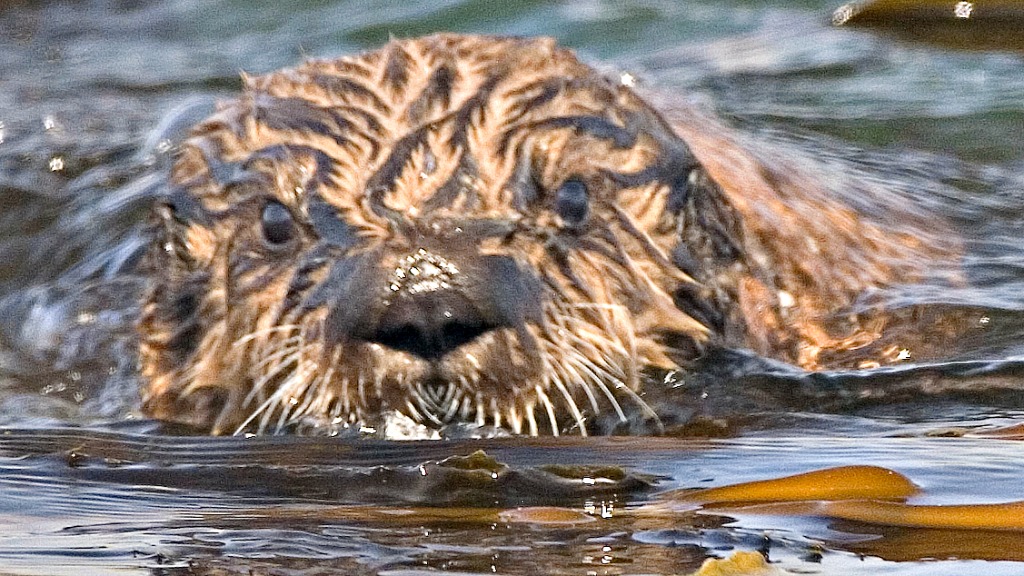Kinda hard to believe, but the Exxon Valdez oil spill was 25 years ago. “Yeah, sheesh,” says the sea otter population that has spent this entire time struggling to recover from the spill’s effects.
Back in 1989, the 10.8 million gallons of crude oil that leaked into Prince William Sound killed otters and 20 other species. Roughly 1,000 otters died from the spill right away, and lingering oil in clams (otter food) and in otters’ fur slowly killed 1,000 to 2,000 more otters later.
Thankfully, a new study indicates the number of sea otters off Alaska’s southern coast is finally back to normal — although it sure took long enough. Explains Reuters:
The report’s findings underscore the lengthy recovery times for many species affected by oil spills, U.S. Geological Survey research biologist Brenda Ballachey said in a statement.
“Although recovery timelines varied widely among species, our work shows that recovery of species vulnerable to long-term effects of oil spills can take decades,” said Ballachey, the study’s lead author.
Um, YEAH. You can’t just magically slurp up spilled oil with a Godzilla-sized eyedropper. But at least otters have finally bounced back. That means marine life could fully recover from the BP oil spill in … let’s see … 2035. Mark your calendar!



